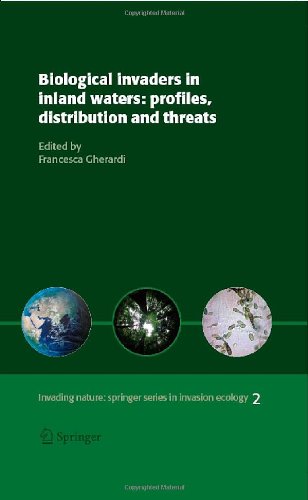

Most ebook files are in PDF format, so you can easily read them using various software such as Foxit Reader or directly on the Google Chrome browser.
Some ebook files are released by publishers in other formats such as .awz, .mobi, .epub, .fb2, etc. You may need to install specific software to read these formats on mobile/PC, such as Calibre.
Please read the tutorial at this link: https://ebookbell.com/faq
We offer FREE conversion to the popular formats you request; however, this may take some time. Therefore, right after payment, please email us, and we will try to provide the service as quickly as possible.
For some exceptional file formats or broken links (if any), please refrain from opening any disputes. Instead, email us first, and we will try to assist within a maximum of 6 hours.
EbookBell Team

4.8
34 reviewsAs predicted by Charles Elton in 1958, today invasive species have come to dominate 3% of the Earth s ice-free surface, constituting one of the most serious ecological and economic threats of the new millennium. In spite of any prevention effort, the number of invasive species is expected to increase in the next years as an inevitable consequence of both the augmented complexity of international trade and the deregulation of national and international markets. New pathways have been opened and the movement of non-indigenous species along them has been facilitated.
Since the 1980s, studies of non-indigenous species have expanded greatly as a reflection of the rise in popularity that the discipline of invasion biology has gained among ecologists. However, the number of published articles is biased towards terrestrial invaders; invasive events occurring in freshwater systems have been most often neglected or analyzed only in a few regional contexts or for a small number of paradigmatic species. Yet freshwater systems, whose value to humankind is obviously priceless, are particularly vulnerable to non-indigenous species as a direct consequence of the intensity with which humans utilize fresh waters for recreation, food sources, and commerce.
The book examines the identity, distribution, and impact of freshwater non-indigenous species and the dynamics of their invasion. Rather than providing a broad and comprehensive review of the issue, Biological invaders in inland waters focuses on old and new invaders and also raises questions and opens perspectives that provide a starting point for further research. The ultimate purpose of this book is to help define a more general framework for our knowledge of invasions in fresh waters. Such a framework will be indispensable to the planning of a science-based management program.